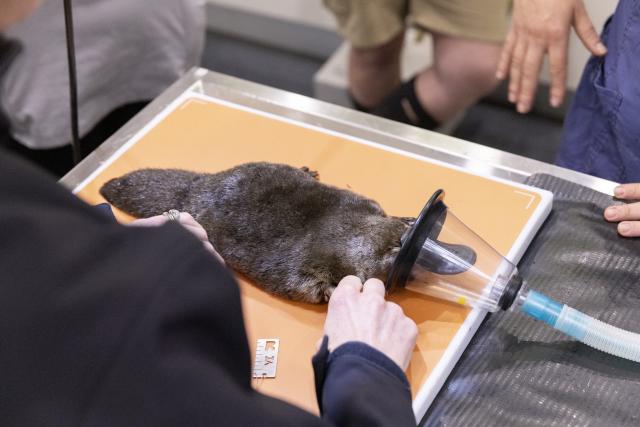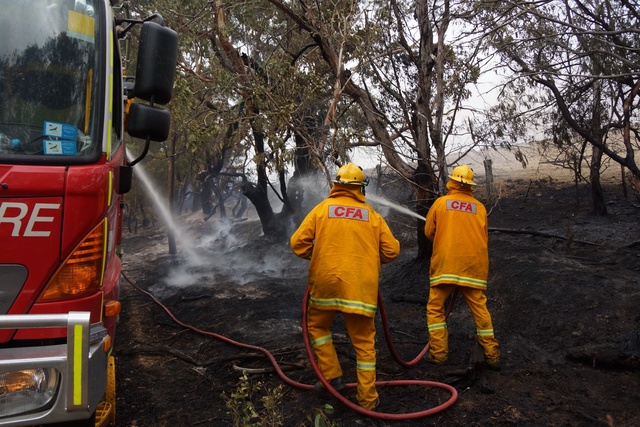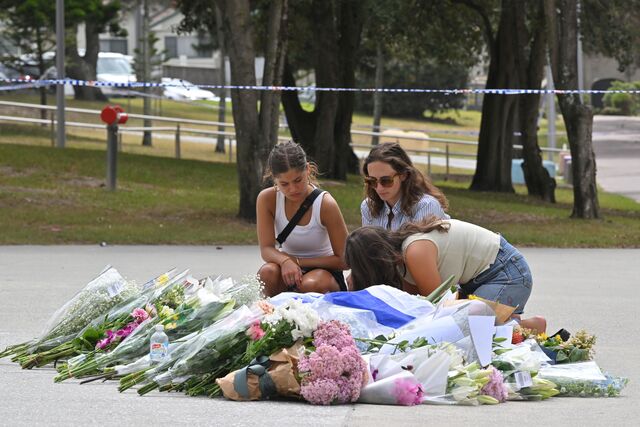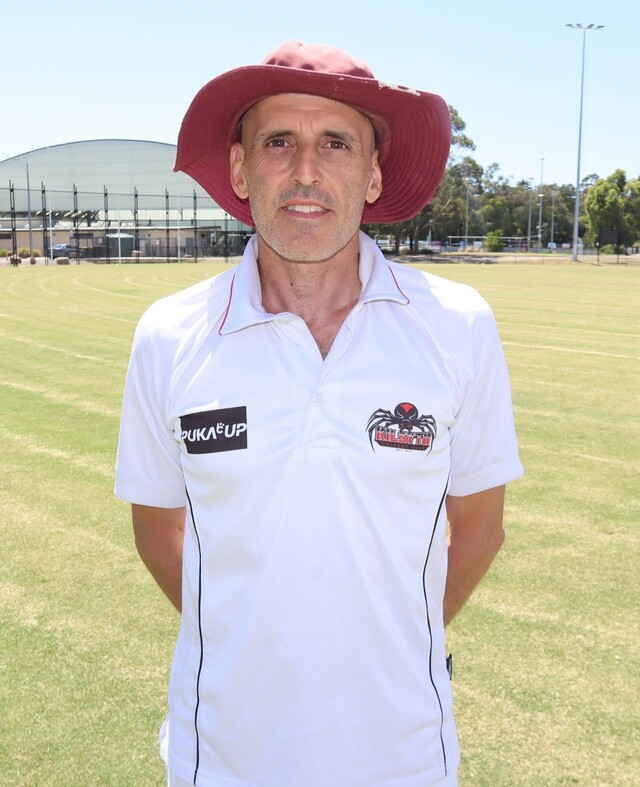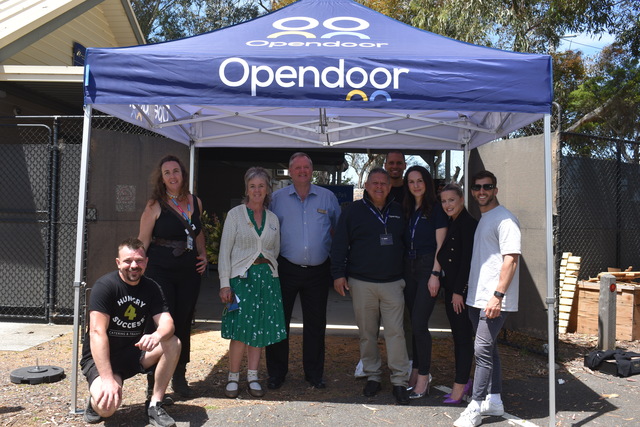A pair of mother and daughter platypuses have visited the wildlife hospital at Healesville Sanctuary for a special blood test to monitor their vitamin D levels.
Residents Binnari [pron Bin-a-ree] and Alooka [pron Ah-loo-ka] were the perfect patients as the dedicated veterinary team had a closer examination of the monotremes.
Healesville Sanctuary veterinarian Dr Phillipa Mason said taking blood from a platypus was quite unique compared to other animals where you might draw blood from a leg vein.
“Platypuses are furry creatures and they need that fur to stay waterproof when in the water, which means we can’t shave patches of fur,” Dr Mason said.
“With a very fine needle, we delicately take the blood from the tip of the platypus bill.”
When the blood samples were taken, the platypuses were under anesthetic.
This gave the vet team the opportunity to do a full body check including taking X-rays checking their eyes, ears, mouth and overall body condition.
Dr Mason said the reason for looking at vitamin D levels was relatively new.
“We know animals process and require vitamin D differently across the board. Humans create vitamin D in their skin by sun exposure. Dogs and cats rely on it completely from their diet while some animals like the Egyptian Fruit Bat require very little vitamin D,” Dr Mason said.
If the blood test results show lower levels of vitamin D for Binnari and Alooka as compared to wild populations, their diets would be supplemented with vitamin D or UV lights will be introduced to their habitat to support a healthy lifestyle.
Platypus are listed as Vulnerable in Victoria under the Flora and Fauna Guarantee Act 1988.
Threats to the survival of this species in the wild include pollution in waterways, drought and flooding. Keeping the streets clean, keeps the creeks clean and protects this precious animal.
Healesville Sanctuary visitors can see the amazing veterinary work that takes place at the Australian Wildlife Health Centre via internal glass walls into the surgery rooms.
The Australian Wildlife Health Centre treats approximately 2000 wildlife cases each year and cares for the animals that live at the Sanctuary.

